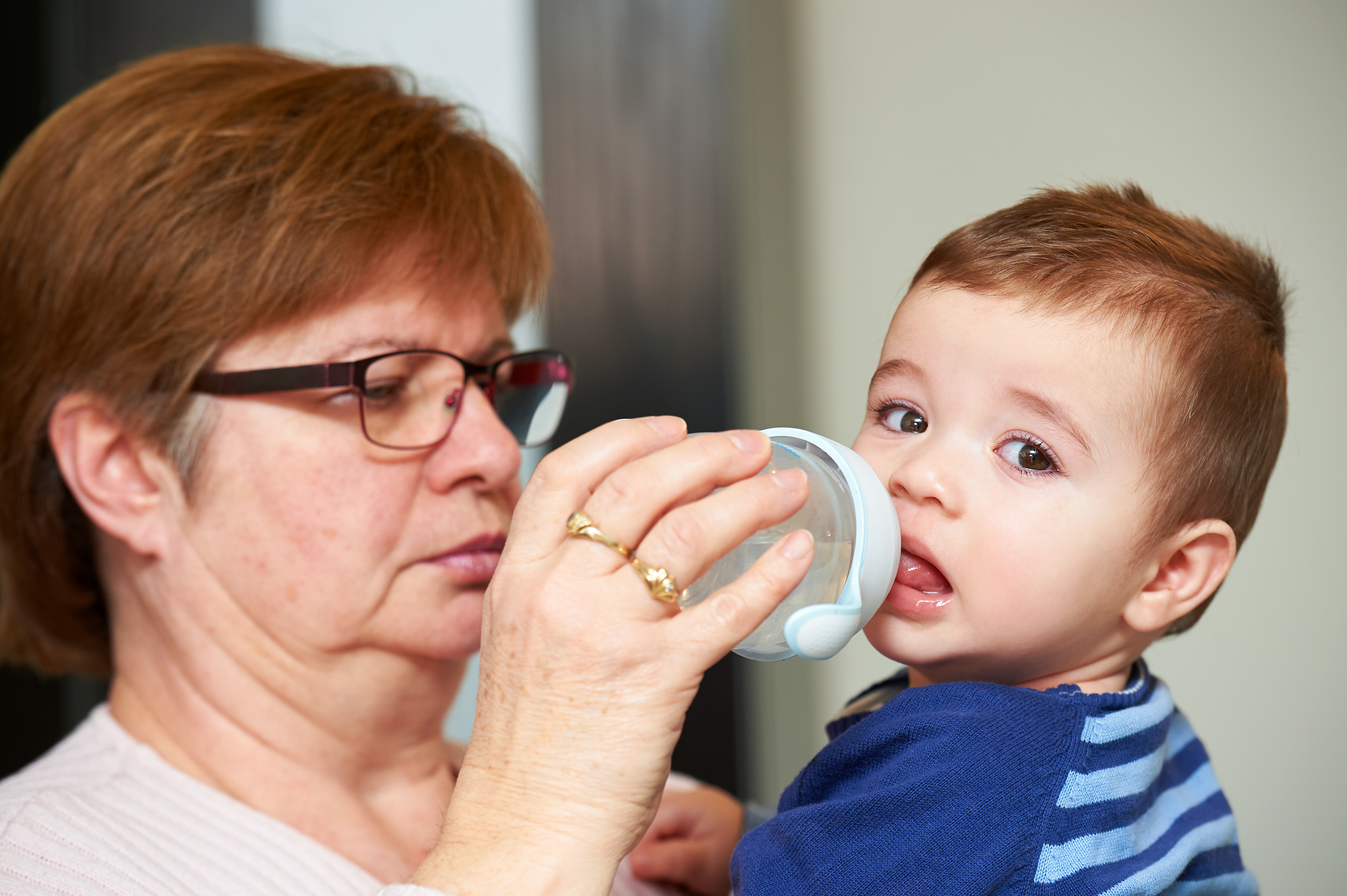The clash between the American dream and the American reality has gotten dramatically worse for millennials seeking to have a career and family, a battle outlined in stark details in a new report by Child Care Aware® of America.

Millennials are the first generation in modern history to have higher poverty rates and lower incomes than their two preceding generations, two major impediments to buying a home, raising a family, and pursuing more appealing career options. Yet those two economic challenges are exacerbated by the rising costs of child care. “Quality, affordable child care is critical for all families, including millennials often just beginning their families and careers,” said Lynette M. Fraga, Ph.D., Executive Director of Child Care Aware® of America.
Key findings of the report include:
- In 17 states and D.C., it takes at least 50 percent of millennial’s income to pay for infant child care in a center;
- Millennial parents with two children (one infant and one 4-year-old) need to allocate at least 45 percent of their income to pay for center-based child care;
- The government standard for affordable child care fees set by the Department of Health and Human Services is less than 7 percent of family income, yet across all states, the average cost of center-based infant child care exceeds 25 percent of the average median income for millennials—with Massachusetts, the highest at 68 percent.
Pew Research Center defines millennials as youth and young adults born between 1980 and 1997. Many of these young adults are in the midst of planning their families or are already raising children. These young parents juggle various demands in order to provide the best future for themselves and their families.
Millennial parents typically fall into two groups: those who are new graduates just beginning to start a family, and those who are returning to school, or hoping to return to school, to acquire a higher education after having a child or children. Both groups are struggling to afford and access quality child care.
“Our analysis shows child care is simply not affordable for millennial parents,” said Dionne Dobbins, Ph.D., Senior Research Director at Child Care Aware® of America. “Those with young children and those looking to start a family have to account for the expenses of maintaining a home, a child’s needs, and education related costs.”
Data reveals roughly 40 percent of student parents take on full-time work, and approximately half are unmarried—highlighting a population with a high demand schedule and lack of additional support for child care within the household. These parents also fit more into a single day than others; in fact, it has been estimated low-income young parents work the after- midnight shift at a rate three to four times higher than their non-parent counterparts, one illustration of the need for nontraditional hours for child care services that is often unavailable and result in parents relying on informal markets which can be dangerous.
Solving the deepening problem is not only an issue of concern for millennials, it is crucial for our economy. A Forbes article covering a Standard & Poor’s report states with millennials not purchasing homes, the U.S. could be missing out on $49 billion a year through 2019. In addition, if student loan defaults increase, the economy could be at risk since the federal government provides more than 85 percent of these loans.
As the debate on the President’s new budget begins on Capitol Hill, it is imperative that child care’s irreplaceable role in the American dream be recognized and supported. We propose:
- Increasing significant federal investments in child care assistance for eligible children and increasing quality improvement efforts. We recommend an increase to the Child Care and Development Block Grant (CCDBG) Act of 2014 by $700 million in the FY 2018 budget. This ensures that CCDBG can be effectively implemented and families do not lose child care assistance.
- Expanding the Child and Dependent Care Tax Credit (CDCTC) to help all families cover the rising cost of child care.
- Increasing funding for the Child Care Access Means Parents in School (CCAMPIS) program, a U.S. Department of Education discretionary/competitive grant to qualifying institutions of higher education for low-income parents pursuing postsecondary education, despite granting nearly $15 million to 85 institutions in 2015.
- Providing paid leave under the Family and Medical Leave Act (FMLA) and expand FMLA to cover all workers. Unfortunately, current law only stipulates unpaid leave for those who work in companies of 50 of more employees.
“As we see more young parents look to pursue a higher education as well as new graduates trying to start families, the need for child care is paramount,” Dr. Fraga said. “Child Care Aware® of America is committed to the mission of advancing a child care system that effectively serves all children and families. In working toward our vision, where every family has access to high-quality affordable child care, it is important to evaluate the issues facing our newest generation of families.”
Explore information on the millennial generation and how the changing economic environment impacts parents’ ability to afford child care at usa.childcareaware.org/millennial-map. The full Parents and the High Cost of Child Care: 2016 report is available for download here.






